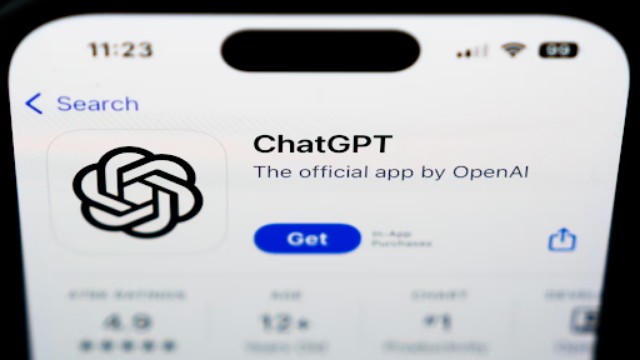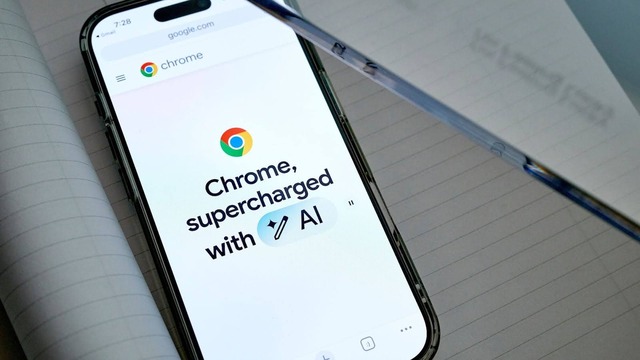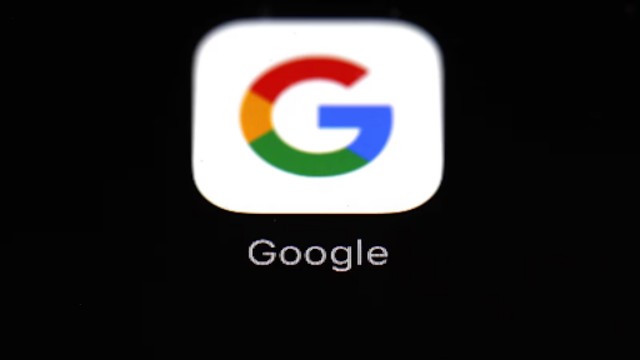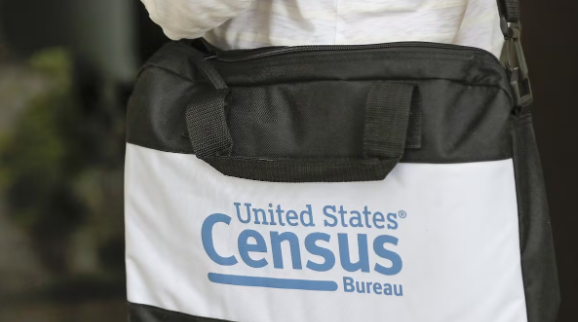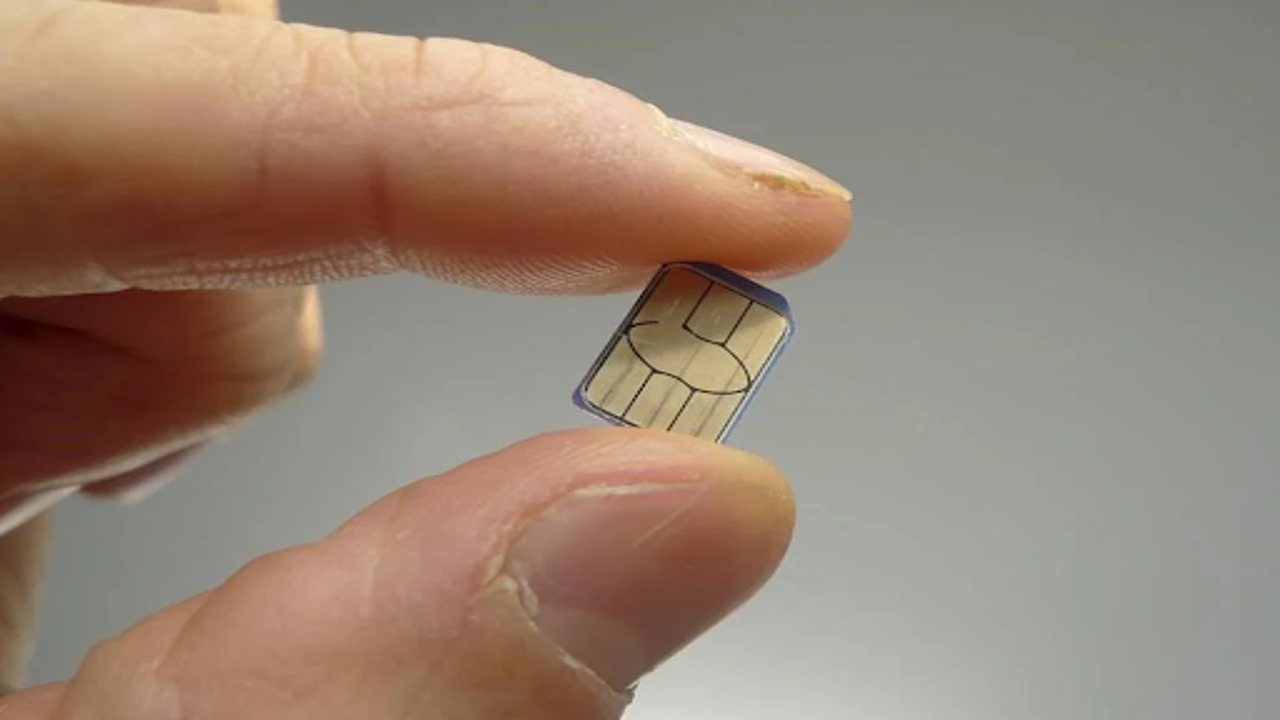
A SIM card is shown in this photo taken on Monday, June 10, 2024 in London. Physical SIM cards are going away, replaced by eSIMs which make switching cell carriers easier. AP Photo/Kelvin Chan)
In the realm of summer travel, smartphones are indispensable tools, serving crucial roles like navigation with Google Maps, sharing moments via Instagram from iconic landmarks, or staying connected through WhatsApp with loved ones back home. Yet, using data-intensive apps while abroad carries the looming threat of exorbitant roaming charges from your mobile carrier. Enter the solution: an international travel eSIM designed for your smartphone.
What exactly is an eSIM? If you've ever purchased a new cellphone, you're likely acquainted with the SIM card — a small chip crucial for accessing cellular services, storing account details, and managing your phone number. Unlike traditional SIM cards, which are physical and require insertion into a phone's tray, eSIMs (where 'e' stands for embedded) are digitally integrated into newer phone models. Although they perform the same functions as their physical counterparts, adapting to eSIMs might initially puzzle those accustomed to traditional SIM cards.
Why opt for an eSIM? They simplify the process of switching between cell carriers, particularly pertinent for those with recent phone acquisitions, as newer models like the iPhone 14 have phased out physical SIM card slots altogether. Especially advantageous for globetrotters, eSIMs enable seamless integration with virtual carriers offering more favorable data roaming rates compared to domestic networks. Many phones now accommodate multiple eSIMs, facilitating easy toggling between different carriers or even simultaneous use of two eSIMs.
Imagine the convenience: no longer do travelers need to hunt down local telecom kiosks upon arrival, painstakingly swap SIM cards with a pin, and risk misplacing the original. The burgeoning eSIM market features numerous providers such as Nomad, Holafly, Easysim, Airhub, and Airalo, each competing vigorously to offer affordable and attractive packages tailored for international travelers. Prices are transparently presented online, often through package menus or calculators based on data volume and trip duration, ensuring competitive pricing amidst the industry's expansion.
Activation of an eSIM typically involves scanning a QR code or entering a alphanumeric code, accessible via phone settings. For iPhones, navigate to Settings, Cellular (or Mobile Service), and Add eSIM, while Android users follow similar straightforward processes with guides available from Samsung and Google. Some carriers provide dedicated apps for managing eSIMs and tracking data usage, enhancing user convenience.
Wondering if your phone supports eSIM technology? Over 200 devices are compatible, encompassing recent iPhone models since the XS series, newer Samsung Galaxy devices from 2020 onwards, and certain Google Pixel models. Verification can be done using a device compatibility list from providers like Vodafone or by checking your phone's EID code.
Is adopting a travel eSIM always sensible? Evaluate your carrier's roaming charges for your destination. Although roaming costs have significantly decreased and even eliminated within the European Union's internal borders, travelers from non-EU countries like Britain face revived charges when traveling to the continent.
Ultimately, embracing an international travel eSIM equips globetrotters with a versatile tool for managing connectivity abroad, offering flexibility, cost-effectiveness, and ease of use amidst evolving mobile technology landscapes.



